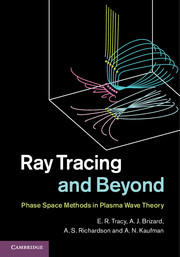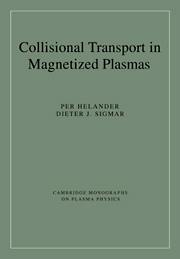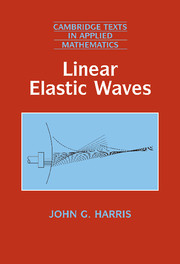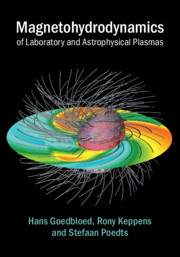Ray Tracing and Beyond
This complete introduction to the use of modern ray tracing techniques in plasma physics describes the powerful mathematical methods generally applicable to vector wave equations in non-uniform media, and clearly demonstrates the application of these methods to simplify and solve important problems in plasma wave theory. Key analytical concepts are carefully introduced as needed, encouraging the development of a visual intuition for the underlying methodology, with more advanced mathematical concepts succinctly explained in the appendices, and supporting Matlab and Raycon code available online. Covering variational principles, covariant formulations, caustics, tunnelling, mode conversion, weak dissipation, wave emission from coherent sources, incoherent wave fields, and collective wave absorption and emission, all within an accessible framework using standard plasma physics notation, this is an invaluable resource for graduate students and researchers in plasma physics.
- Contains over 100 end-of-chapter problems, to allow the reader to explore topics in more depth
- Emphasises methods and concepts that are generally applicable, including methods for visualizing ray families in higher dimensions
- Accompanied by open source Matlab and Raycon code
Product details
February 2014Hardback
9780521768061
541 pages
253 × 177 × 27 mm
1.2kg
101 b/w illus. 2 tables
Available
Table of Contents
- 1. Introduction
- 2. Some preliminaries
- 3. Eikonal approximation
- 4. Visualization and wave field construction
- 5. Phase space theory of caustics
- 6. Mode conversion and tunneling
- 7. Gyroresonant wave conversion
- Appendix A. Cold plasma models for the plasma dielectric tensor
- Appendix B. Review of variational principles
- Appendix C. Potpourri of other useful mathematical ideas
- Appendix D. Heisenberg–Weyl group and the theory of operator symbols
- Appendix E. Canonical transformations and metaplectic transforms
- Index.






